From the Fashion to the Gifts- Wedding Trends Over the Past Century Sure Have Changed!
What we love about weddings has changed a bit over the years, too!
It’s not just the wedding dresses that change from year to year. From the gifts given to the types of cakes served, weddings sure have changed a lot over the decades! Take a look back with us at some of the wedding trends that have come and gone since the 1920s.
1920s
Flapper style infiltrated even bridal wear, though in the photo below the bride’s dress is still ankle length (as were many wedding dresses). Headbands and short hair ruled the decade. Women who chose to keep their hair long would often pin it up in a mock bob for special occasions.
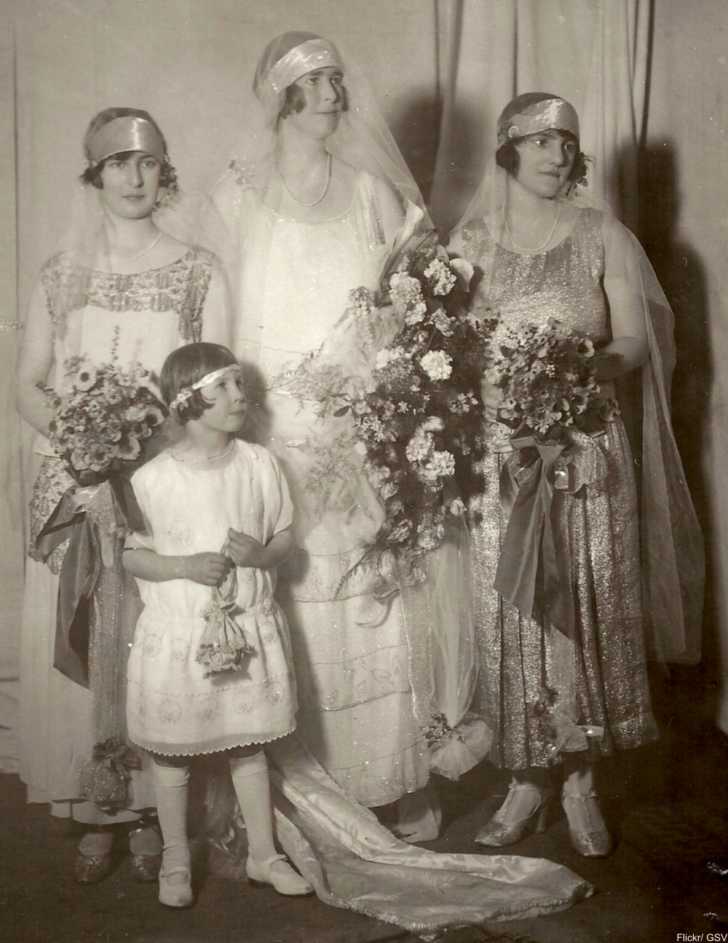
The newly-created concept of the gift registry meant that couples could select their own patterns and gifts from a department store like Macy’s (the originator of the concept). Popular gifts of the day included china, crystal, and silver.
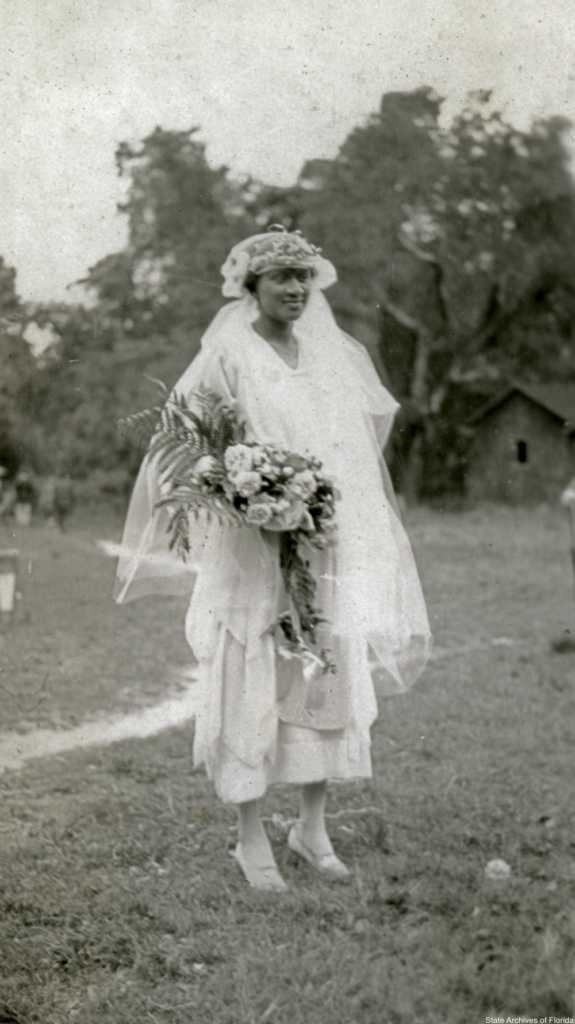
Wedding cakes grew in size from the decade before, though many weddings were still small weekday affairs held at the home of the bride’s parents, with cakes to match the scale of these affairs.
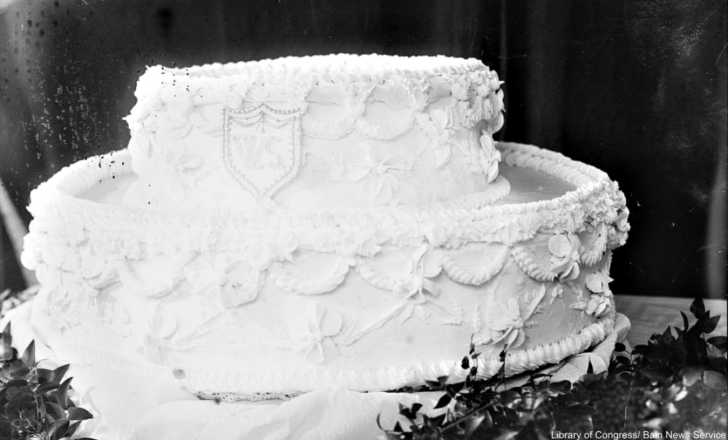
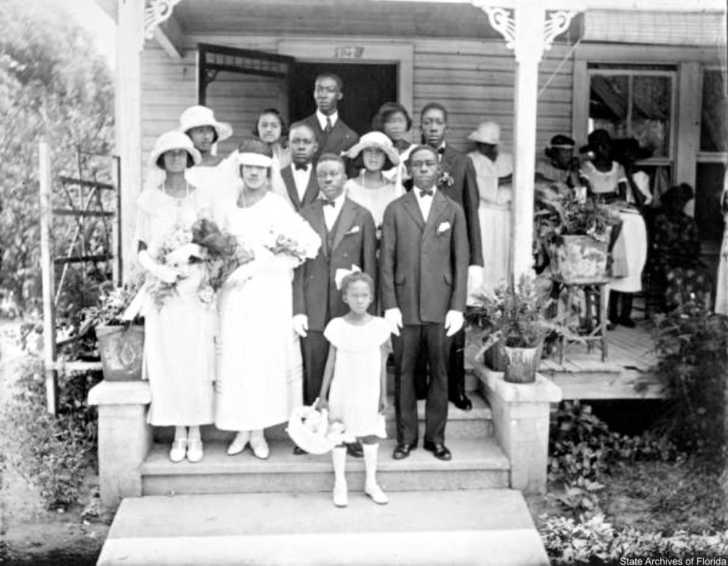
1930s
Many weddings in the ’30s were quite simple due to hard times, but wealthier families still held fancy affairs and selected gifts from registries. Wedding and engagement rings, despite the tough economy, were becoming more fashionable.
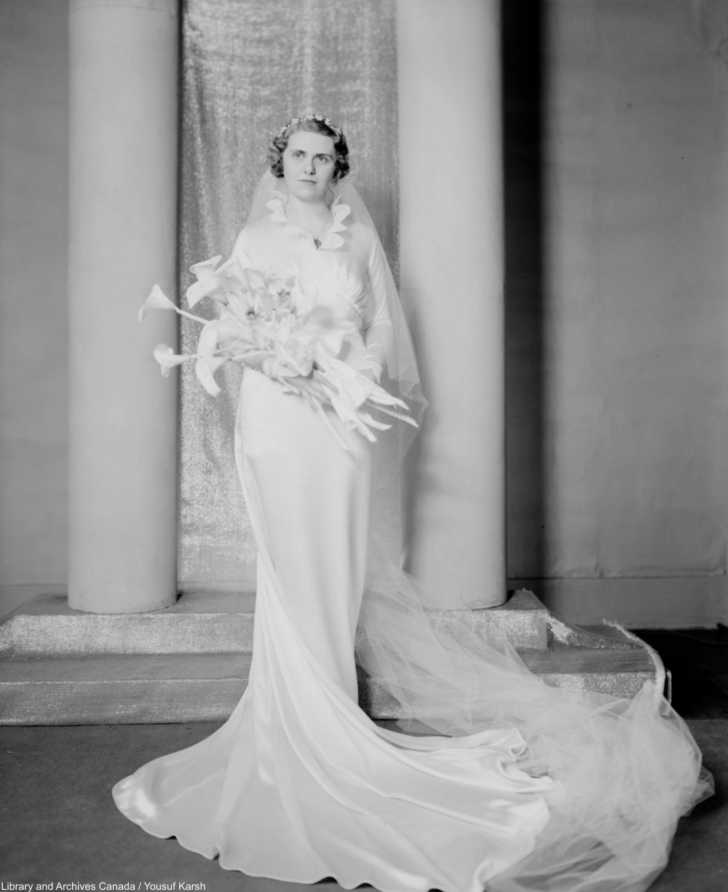
Cakes continued to get taller and more elaborate for those who could afford it.
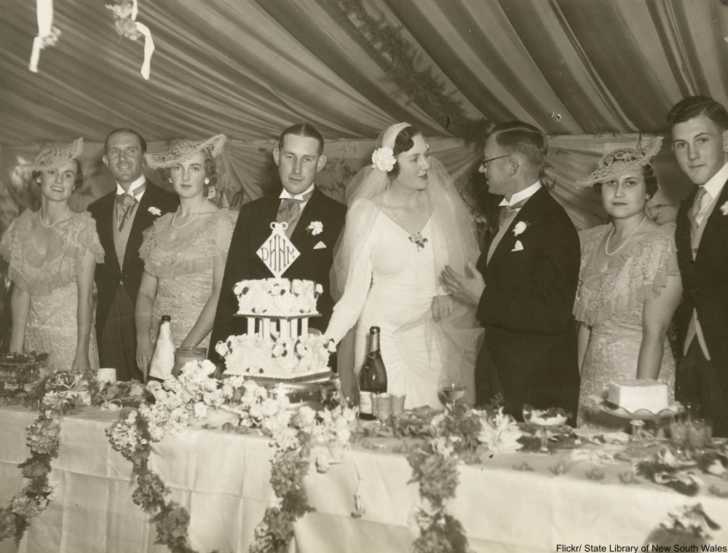

Depression era fashiondictated that many women were married in their best clothes, which might have only been feed sack or calico, probably sewn by the bride herself.
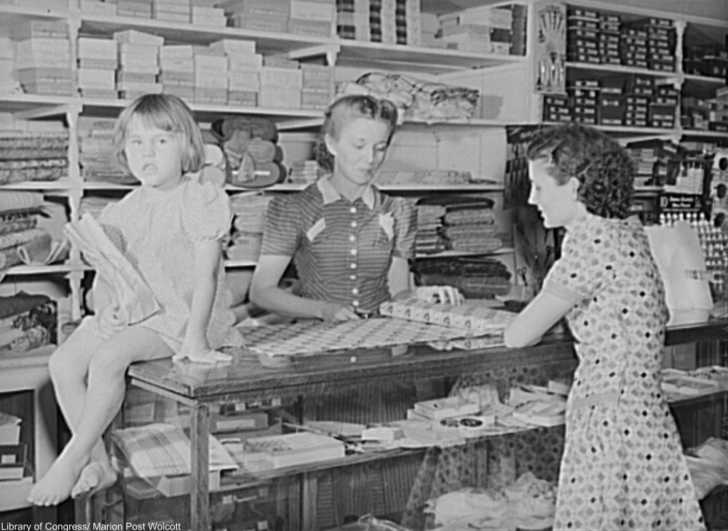
1940s
Dresses in the ’40s were often simpler than in the decades to come, though ornamentation helped to disguise many a plain or heirloom dress during wartime rationing. Post-war some women made their wedding dresses from parachute fabric.
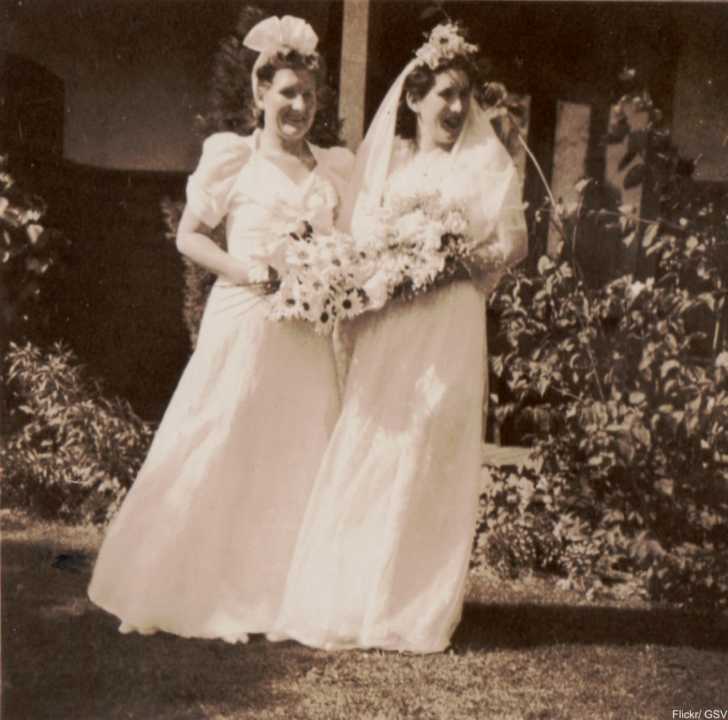
During World War II weddings were often simple, even slapdash if the groom (or bride) was shipping out soon after. Post-war weddings came to have a greater scale and folks had more time and money for larger celebrations.
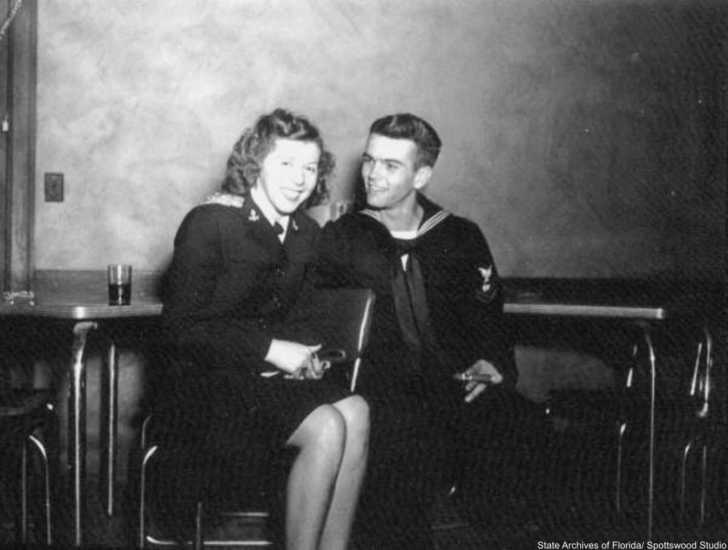
Wedding rings for men gained popularity during the ’40s as a point of connection for the groom since so many of them shipped out soon after the occasion.
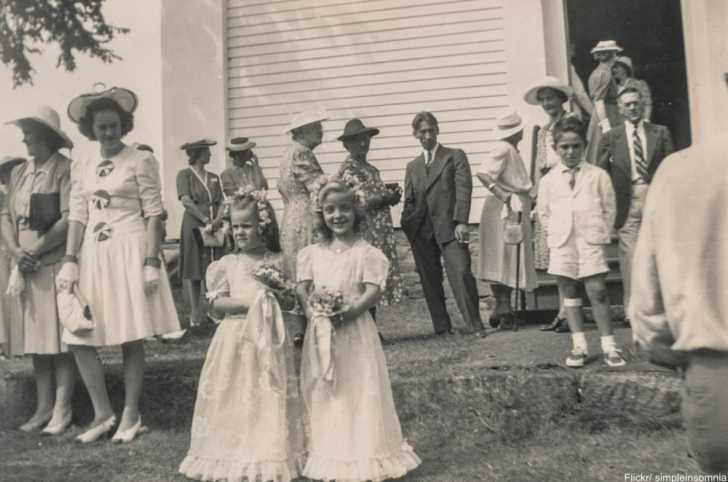
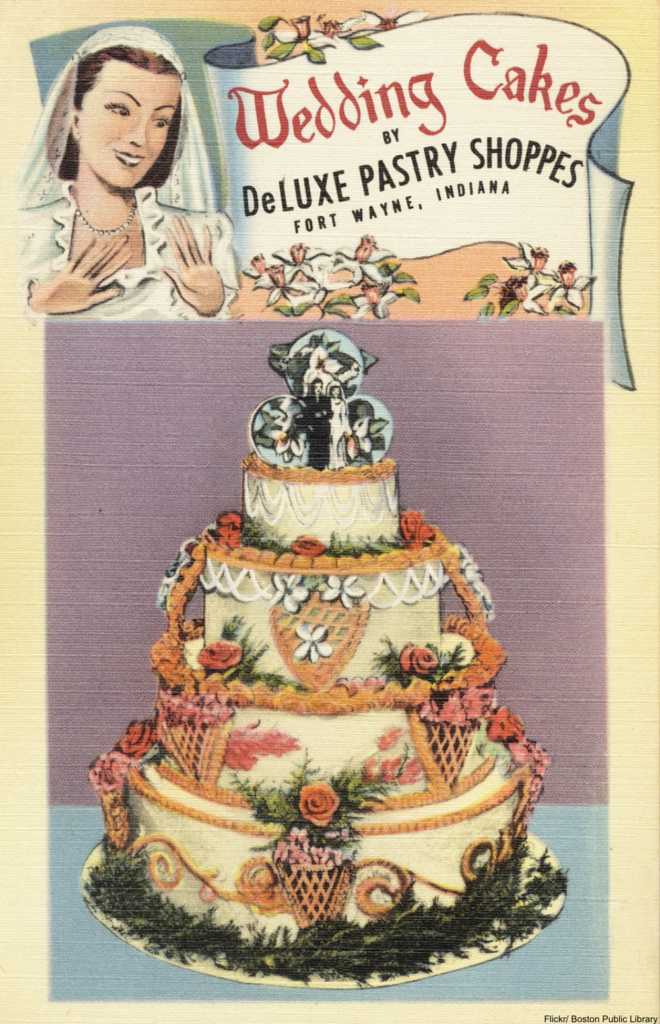
1950s
Cakes with tiers separated by columns became popular, once again increasing the height and complexity of wedding cakes. The wedding gowns of Elizabeth Taylor and Grace Kelly both had significant influence on what dresses brides chose.
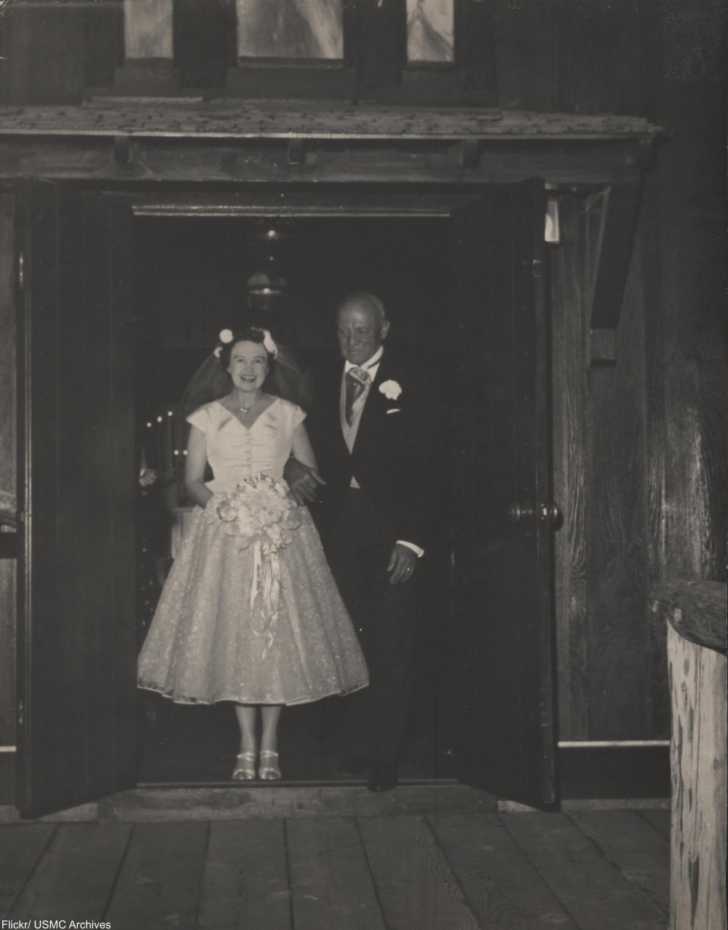
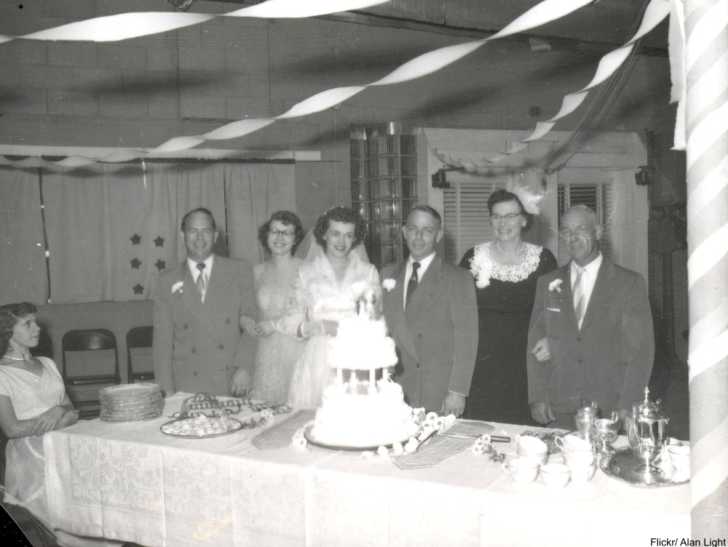
Wedding registries became even more common. Brides-to-be sometimes wore brooches with their chosen flatware pattern on it so that no one would be at all confused as to which design to buy for the couple.
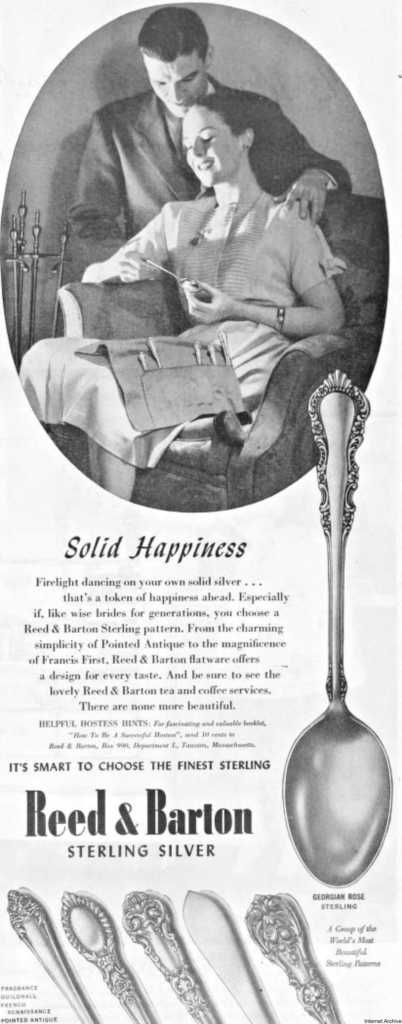
It was in the ’50s that the Bunny Hop was created, a song and dance that would become a wedding reception staple.
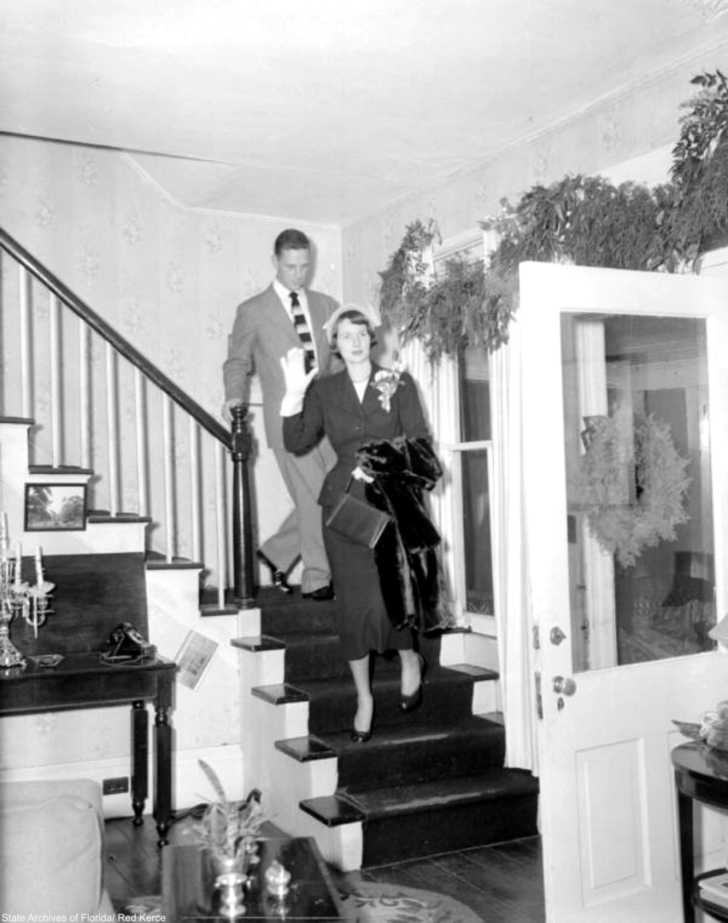
The going away suit was perhaps no more elegant than in the ’50s when long dress suits and fur-trimmed collars made them photo-worthy additions to the wedding day.
1960s
The popularity of shift dresses, miniskirts, and pillbox hats all had influence on bridal fashions in the ’60s and created a more modern look. Priscilla Presley’s beaded shift dress and bouffant hair served as inspiration for countless young ladies about to be married.
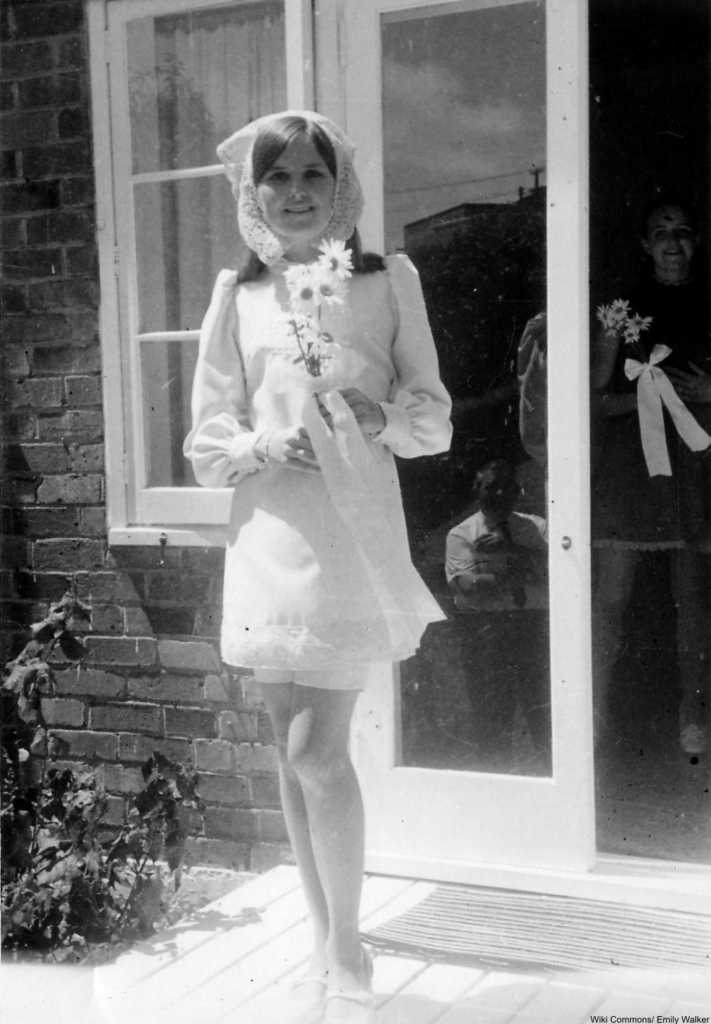
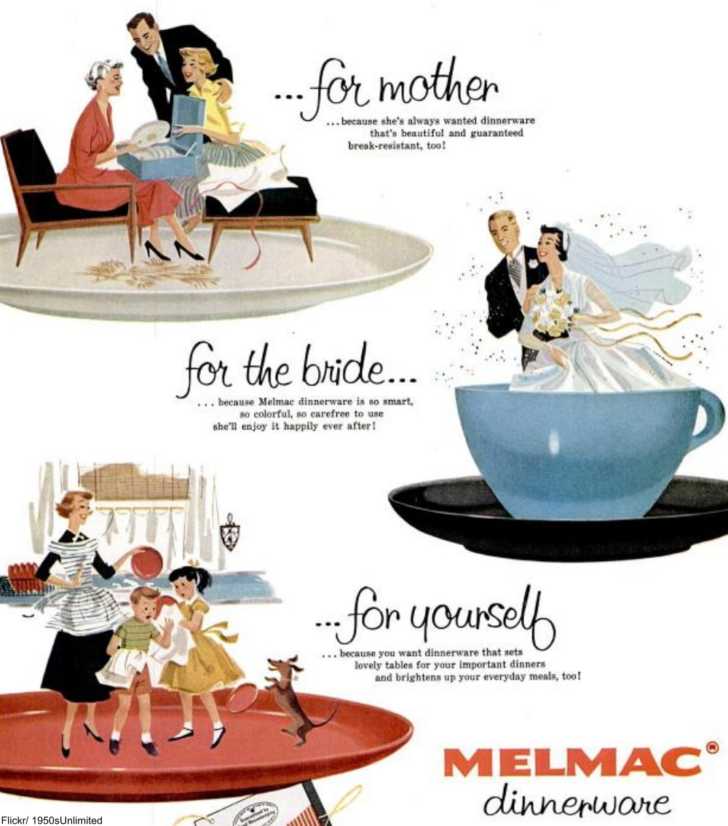
Popular wedding gifts included cedar chests, flatware, china, and kitchen appliances like blenders and mixers.

Wedding receptions were still optional at this point, but were becoming more commonly expected after the wedding ceremony.
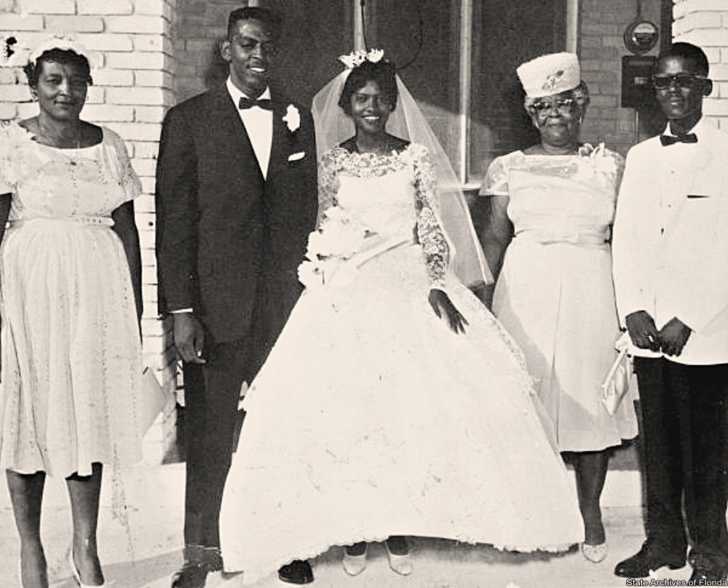
1970s
Wedding dresses during the ’70s ran the gambit from traditional to hippie to casual and wedding ceremonies were also quite varied.

The idea of a simple wedding was paramount to many couples at the time, but large weddings were also gaining popularity during the decade.
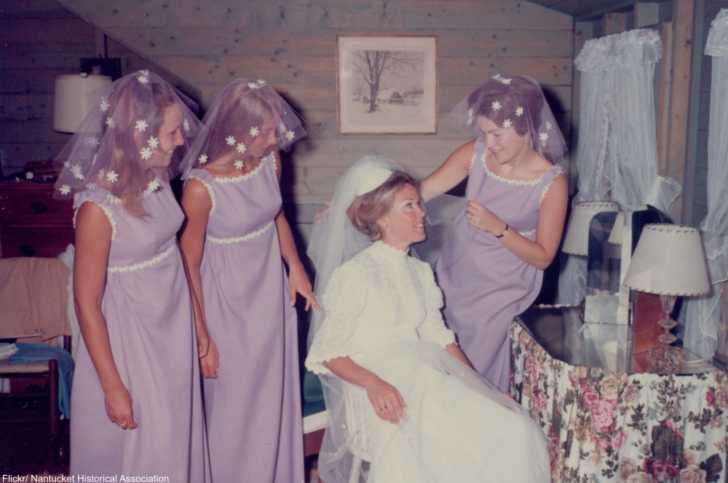
Outdoor vows grew in popularity as the hippie movement brought people back to nature. The notion of throwing an event at a specific destination was also gaining traction. This concept was almost unheard of only 10 or 20 years before. Though, many weddings and receptions were still small affairs held at home or in a community center.
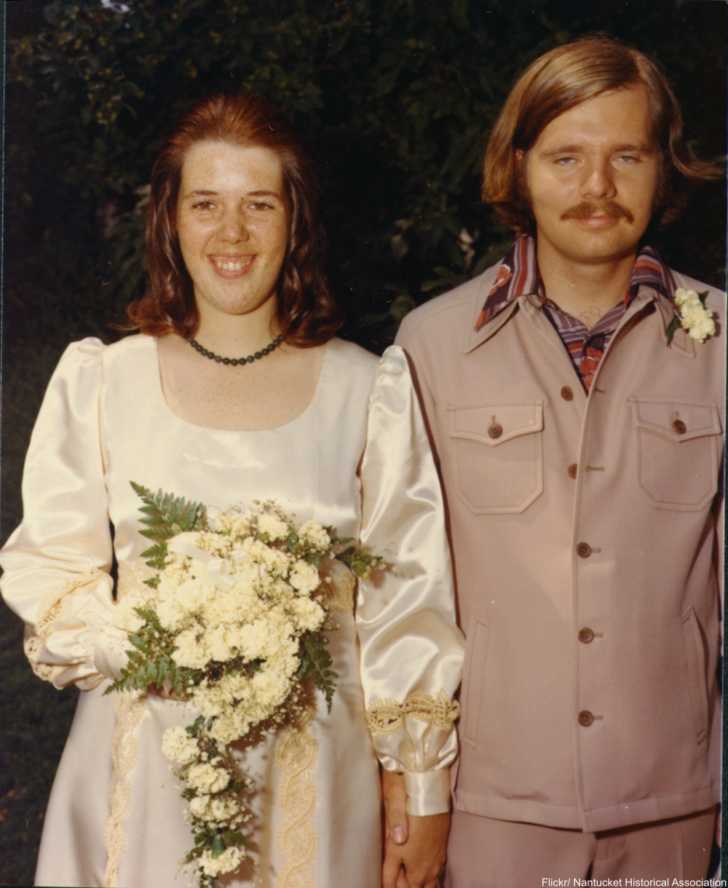
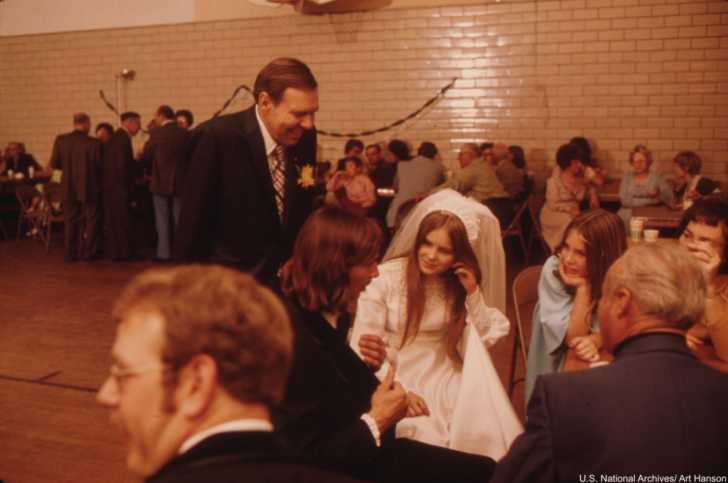
1980s
Traditional influences of the day were heightened by the wedding of Charles and Diana and many brides opted for voluminous gowns and long trains after the royal wedding was seen by millions. Early ’80s wedding dresses were often very long with high collars and lace cuffs edging onto the hand. Flower crowns were also quite popular during the ’80s.
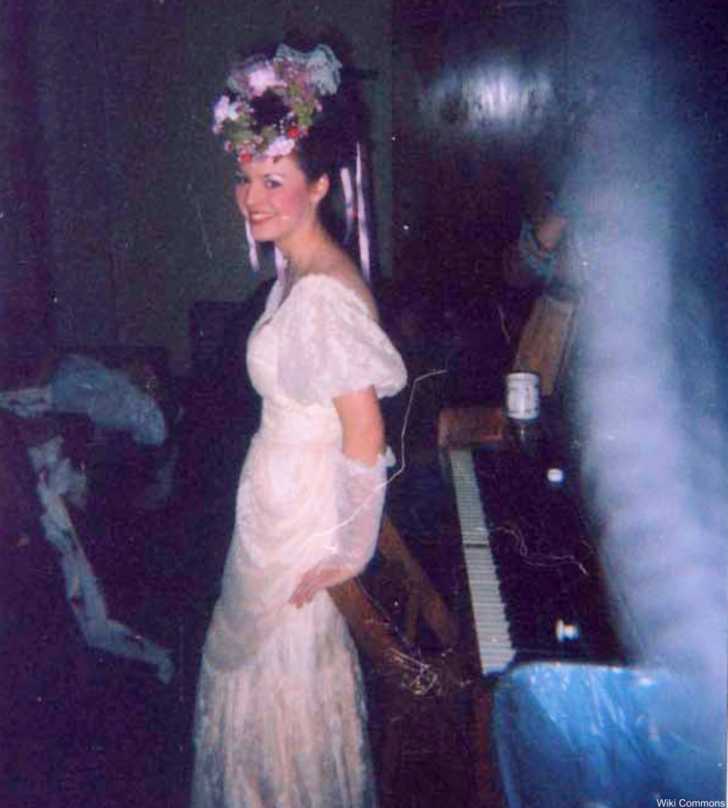
By the end of the decade, dress suits and pants were also being worn, and strapless dresses were coming into fashion for brides (the latter of which had been previously deemed too daring for brides).
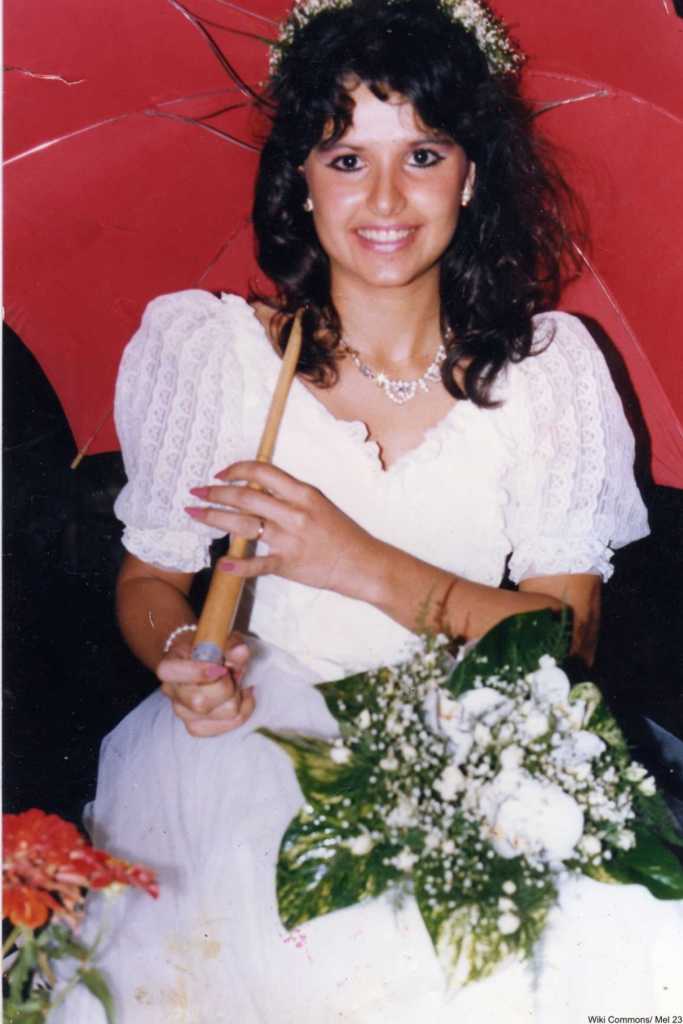
It was during the ’80s that the chicken dance became a staple at weddings, with both the young and the old shaking their imaginary wings.
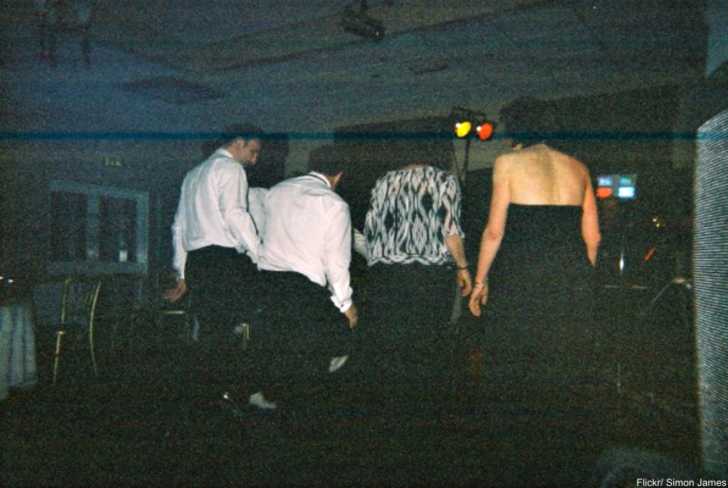
The infamous bridesmaid dresses of the ’80s became synonymous with bright colors and huge sleeves.
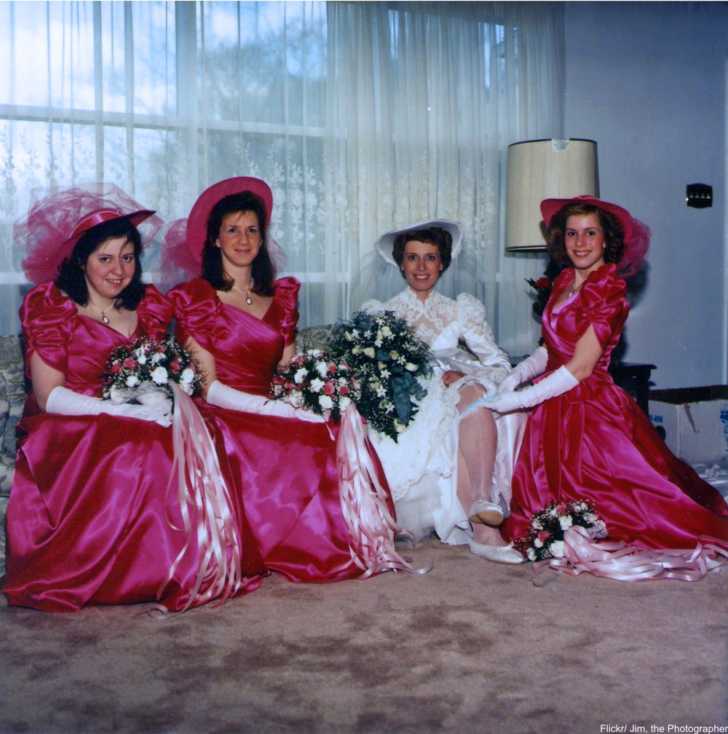
1990s
Electronic wedding registries revolutionized the way couples decided on their wedding gifts. The number of wedding gifts for the average couple also increased, since each item was only a button-click away. New must-have items like bread-making machines and salad spinners meant that the choice was almost endless.
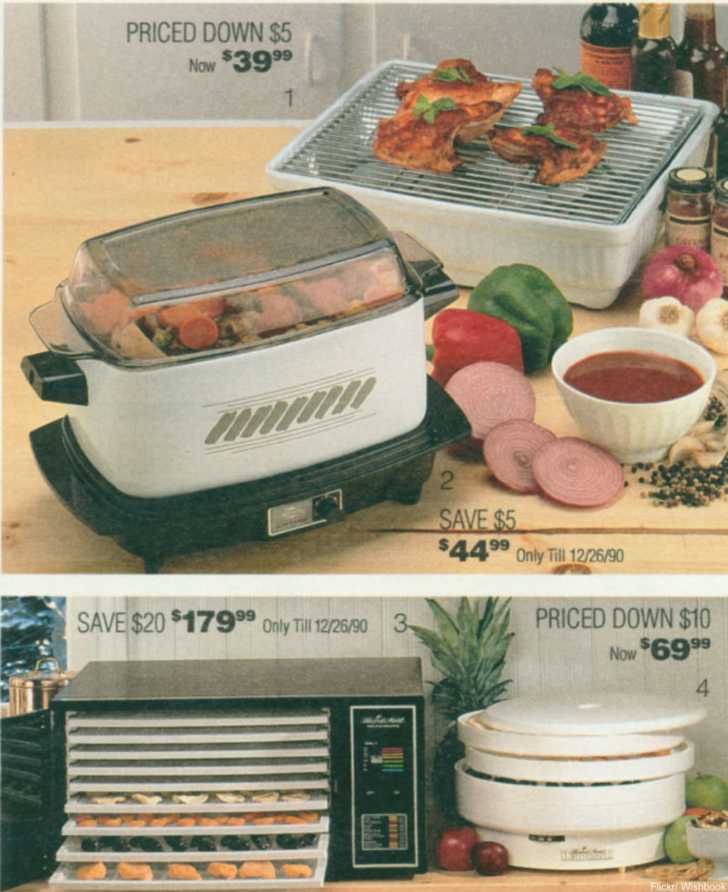
Cakes followed suit behind the Victorian-style wedding dresses– edible pearls, lace-like patterns, and other ornate decorations put ’90s wedding cakes over the top.
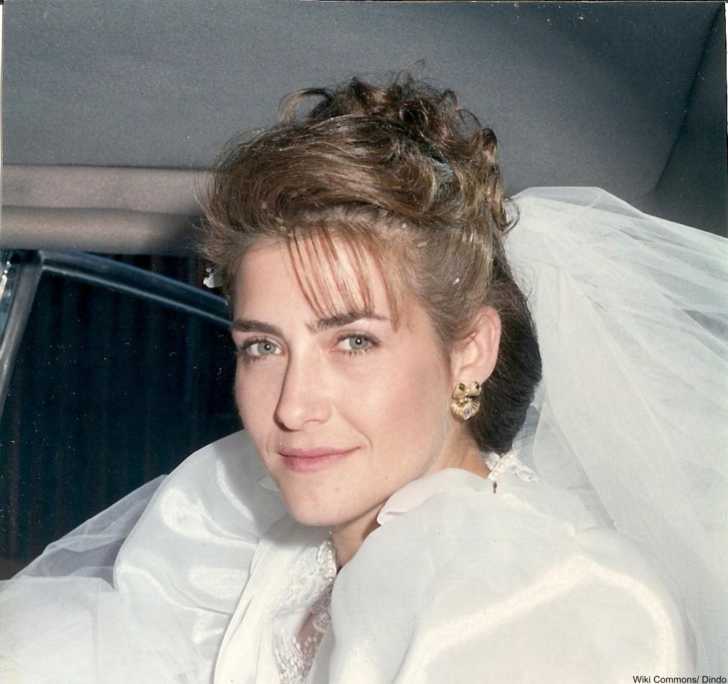
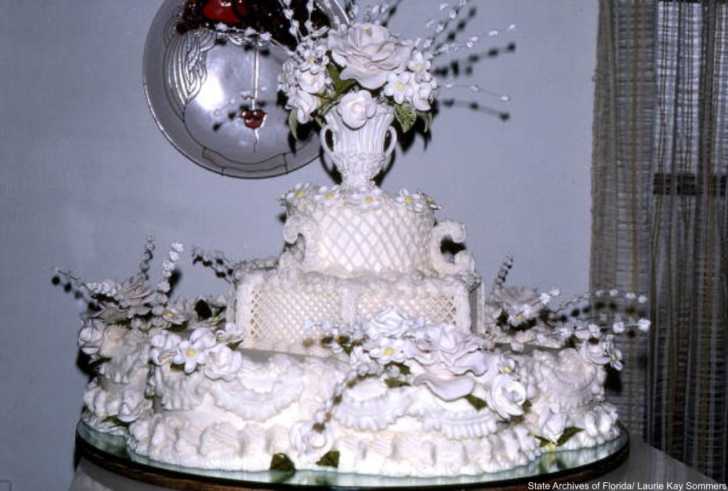
Videography was the newest way to record your special day and professional wedding photographers also were commissioned to take more photos than previous generations had deemed necessary.
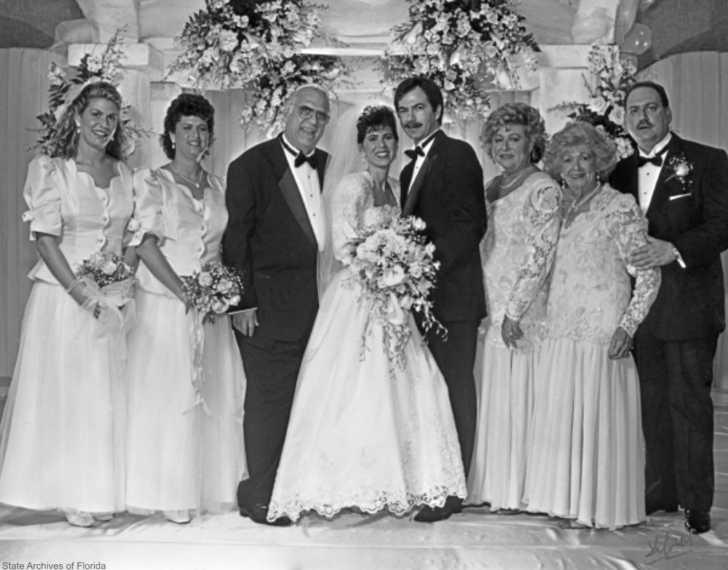
2000s
While wedding registries swelled the decade before, in the new century couples began asking for less traditional wedding gifts such as charitable donations in their names, gift cards to department or home improvement stores, and home remodels as couples are often already living together.
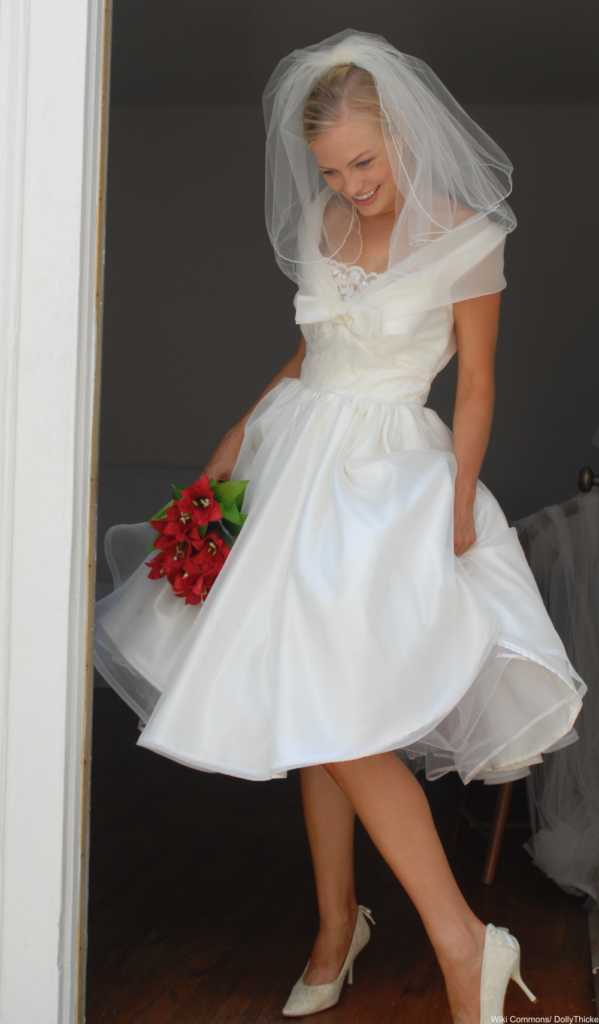
Cakes have gotten sleeker and more modern these days, but they are by no means simpler!
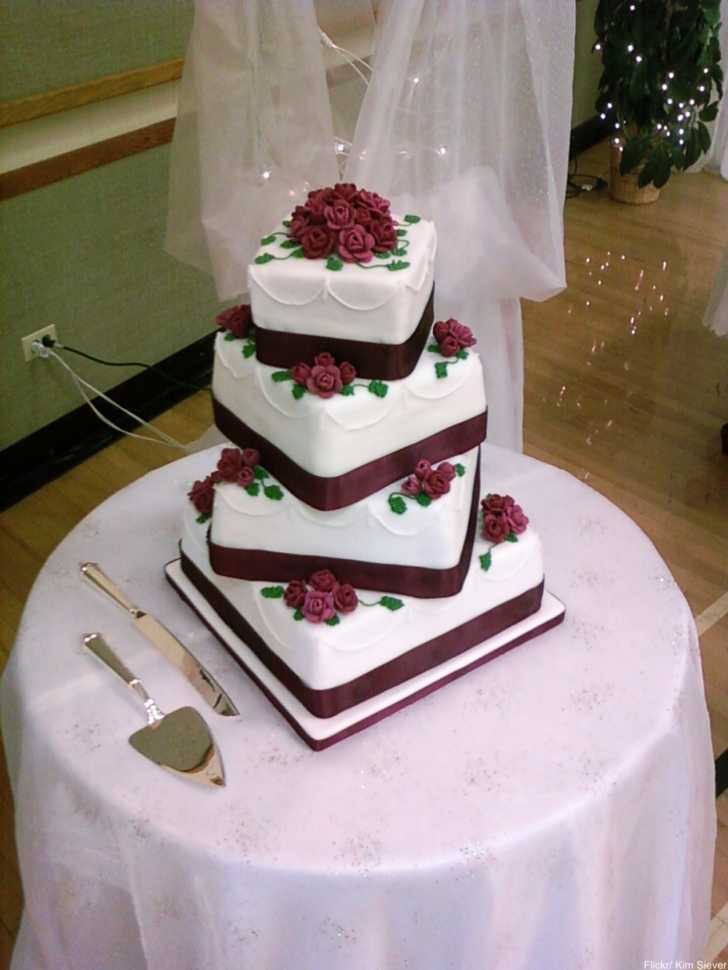
The wedding industry has grown to become a huge market, with weddings in the tens of thousands of dollars a common occurrence. From the guestbook to scrapbooks to wedding cupcakes to hair and makeup, there is a product now for every possible aspect of weddings.

Any type of service or reception can be found across the country these days, from classic to folksy to unforgettable. Backlash against large, expensive weddings has prompted some couples to embrace a DIY cost-saving ethos when planning their big day.
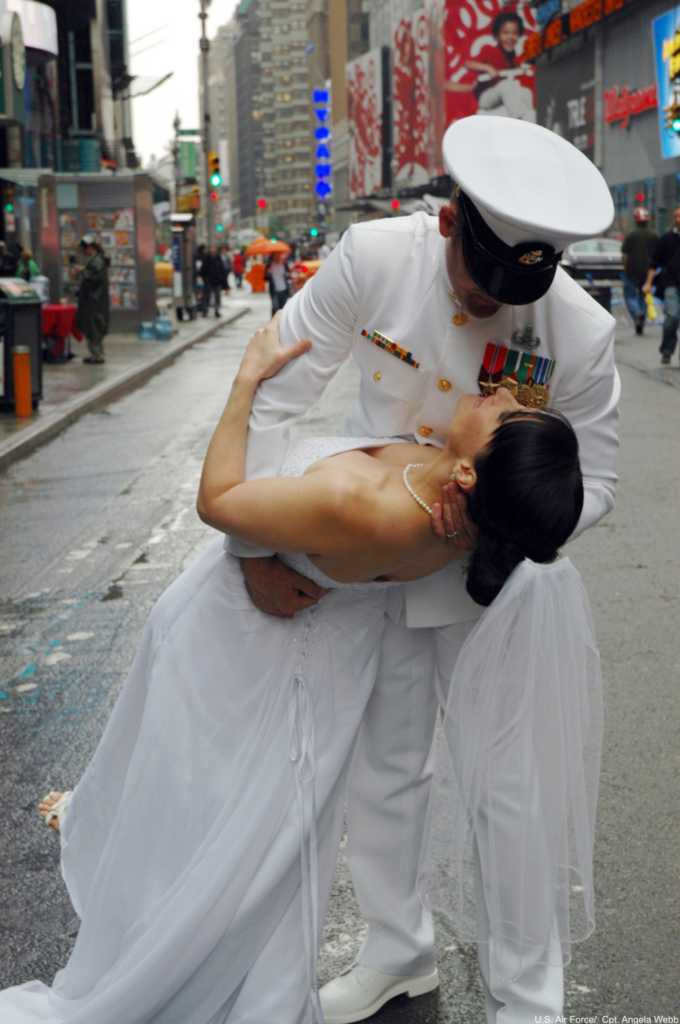
[media allowfullscreen=”true” provider=”properio” type=”iframe” src=”//proper.io/embed/rjn53s?autoplay=true” width=”640″ height=”360″ ad=”true”]
SKM: below-content placeholderWhizzco for DOT

